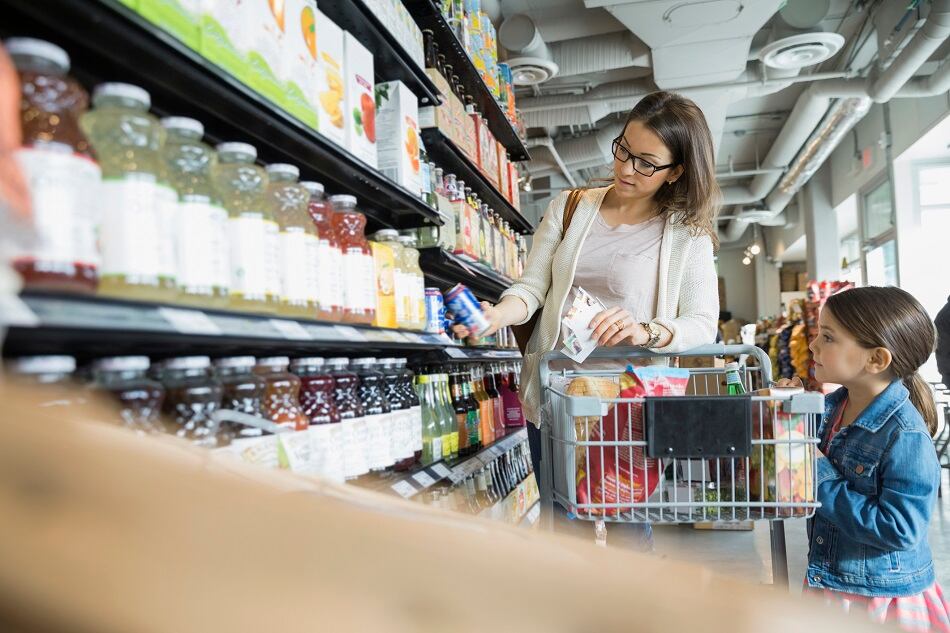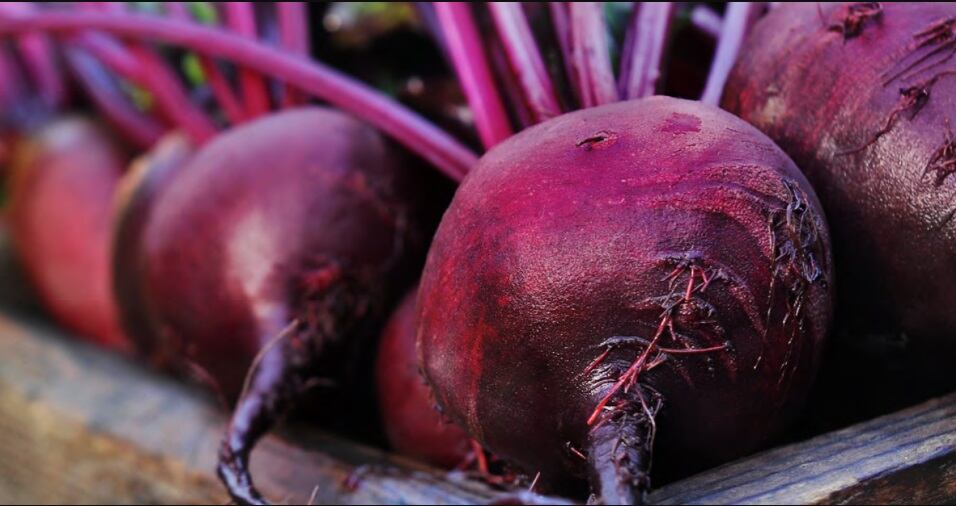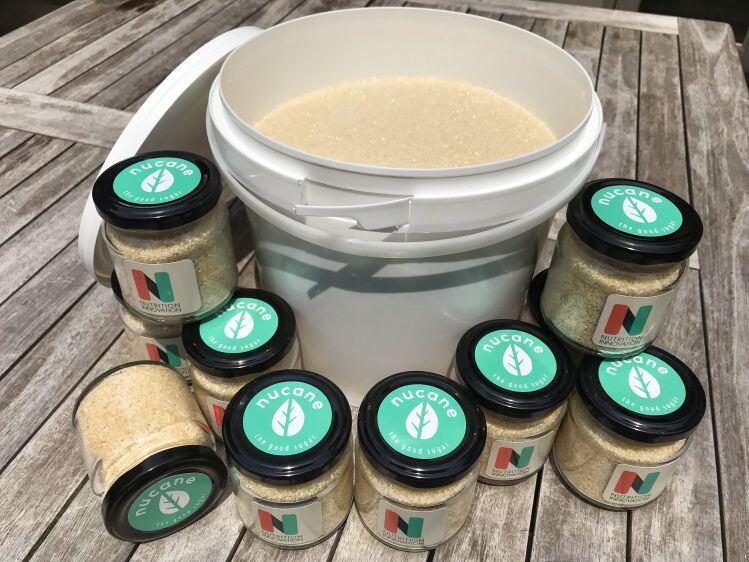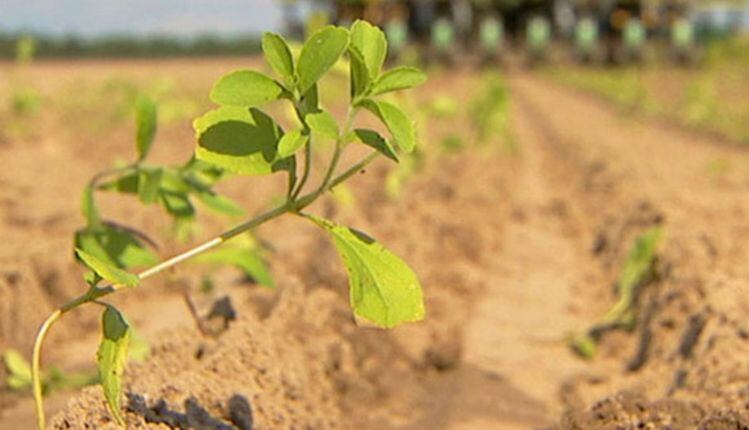A total of 1,189 studies were identified, and of these, 18 met the study's inclusion criteria, and 15 were included in the meta‐analysis, which was published in the international scientific journal, Obesity Reviews. The studies covered four cities in the US: Cleveland, Ohio; Portland, Maine; Berkeley, California; and Philadelphia, Pennsylvania; as well as a regional tax study of Catalonia, Spain, and studies of country-wide taxes in Chile, France, and Mexico.
Two‐thirds of studies measured sales or purchasing outcomes and one‐third measured impact on dietary intake.
"This new review presents compelling evidence that sugary drink taxes result in decreased sales, purchasing or dietary intake of taxed beverages. For a 10% tax, sugary drink volumes declined by an average of 10%," said lead author Dr Andrea Teng.
"It shows taxes on sugary drinks are an effective tool to reduce consumption, and we know from other research that the high consumption of sugary drinks increases the risk of obesity, diabetes and dental caries."
According to Dr Teng, while there have been other studies published examining the impact sugar beverage taxes have on SSB consumption, there is still little information available on the average impacts of a SSB tax on untaxed beverages, and whether purchases and dietary intake of potential substitute beverages such as water or other untaxed beverages are increased.
"It was expected that SSB taxes would result in greater consumption of untaxed beverages (e.g., juice, water, milk, and diet soft drinks), as demonstrated in price elasticity modelling studies. However, evidence from evaluation studies has not always been consistent and further examination is warranted," noted researchers.
Researchers explained that the aim of this recent meta-analysis was to systematically identify quantitative studies that evaluated the impact of real‐world SSB taxes on SSB sales, purchases, and dietary intake before and after the tax, or in a taxed compared with an untaxed jurisdiction, and to combine results by meta‐analysis.
Findings
Some of the studies looked at the alternative drinks people consumed instead of sugary drinks after the tax was applied. With a 10% tax on sugary drinks, there was a 1.9% increase on average in such alternative drinks, and for water specifically there was a 2.9% increase in consumption observed across the multiple studies. Researchers added that this healthier substitution pattern is not conclusive, but in three out of the four settings (Berkeley, Mexico, and 'other United States') where substitution occurred, the increase in consumption of the other non-sugary drinks was statistically significant.
Co-author Dr Amanda Jones, said all the individual studies in the review found a reduction in sugary drink consumption, but the impact in some settings was greater than others. Applying tax by thresholds of sugar content (i.e. beverages with more sugar are taxed at a higher rate than less-sugary drinks), rather than as a percentage of price, appeared to have an effect on consumption and purchases rates.
"Some of the differences found in these studies may also be due to non-price mechanisms. For example, a tax may signal to the public the seriousness of the health concern associated with consuming a product," Dr Jones said. "A tax can also prompt manufacturers to reformulate sugar levels downward."
Other reasons for differences between settings may be the combination with other obesity prevention policies, the public's awareness of the tax, industry responses, consumer preferences, border permeability, availability of alternative beverages, and sensitivity to price.
"For policymakers in jurisdictions considering SSB taxes, our results support the totality of the evidence that SSB taxes reduce SSB sales, purchases, and dietary intake. Larger taxes are recommended for greater declines in SSB consumption, but this is not the only characteristic that is important," concluded researchers.
Soda taxes in the US
While sugar taxes appeared to be gaining momentum in the US (soda taxes are in force in Boulder, Albany, Berkeley, Oakland, San Francisco, the Navajo Nation, Philadelphia, and Seattle), the tide has turned somewhat over the past couple of years, with residents in Santa Fe rejecting a soda tax in 2017, and government officials in Cook County Illinois repealing a soda tax five months later.
And while the Pennsylvania Supreme Court upheld Philadelphia’s beverage tax in July 2018, California and Michigan both passed bills to pre-empt any new local beverage or food taxes for a fixed number of years.
To the frustration of many health advocacy groups, voters in the 2018 midterm elections in Washington State also supported a ballot measure (I-1634) that would institute a pre-emptive ban on new soda taxes (it doesn’t affect the existing law in Seattle), blaming an influx of lobbying cash from Coca-Cola, PepsiCo, Keurig-Dr. Pepper, and Red Bull North America for the result.
However, voters in Oregon – where the lobbying money spent by the vote ‘no’ and vote ‘yes’ campaigns was more evenly matched, rejected a similar proposal (Measure 103).
CSPI: Healthier beverages should be the default on the kids' menu
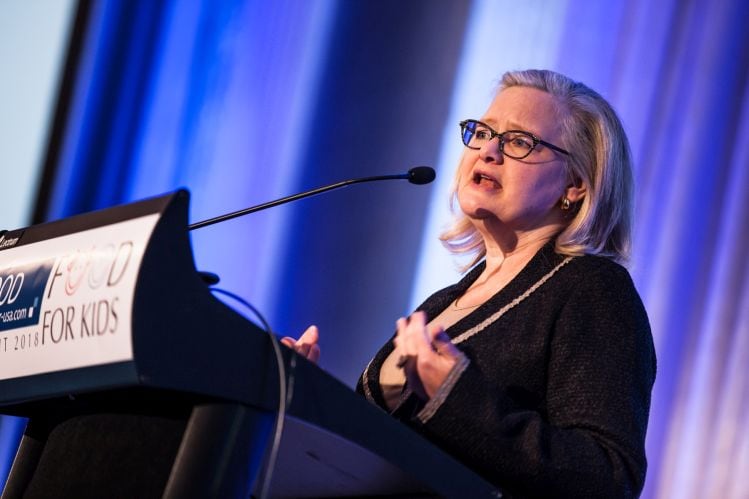
While health advocacy groups are still pushing for soda taxes, they have also supported other legislative efforts to reduce sugary drink consumption: in California, Baltimore (Maryland), and Louisville (Kentucky) restaurants are required to make water, milk, and 100% juice the default choices with kids’ meals (although families can still order soda).
While F&B companies worry that healthier kids' menu items won't sell, Disney has proved that making healthier options the default can be a win-win, claimed CSPI VP nutrition Dr Margo Wootan at FoodNavigator-USA’s 2018 FOOD FOR KIDS summit. At Disney theme parks, kids’ meals now come automatically with a healthier drink instead of soda, and fruit & veg as a side instead of fries, and it hasn't dented sales, she claimed.
“Parents can still opt out and get fries and soda for no extra cost, but the overwhelming majority of parents stick with the healthy default for beverages, and about half stay with the healthier alternative to fries, so just by changing the default, you can positively impact kids’ diets.”

